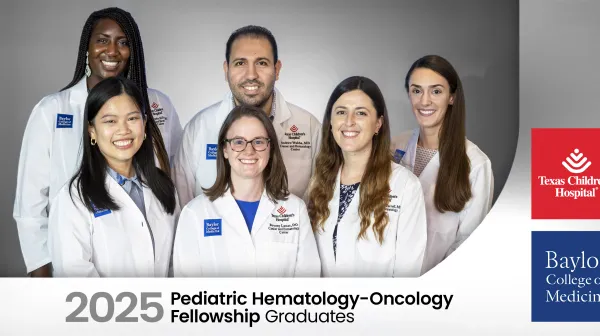In 1999, 17-year-old high school student Adam Lemel from Whitefish Bay, Wisconsin, collapsed while playing basketball. Adam had suffered a sudden cardiac arrest (SCA) due to ventricular fibrillation. First responders were unable to revive Adam, and he died on the court.
Adam’s story, along with similar sudden deaths of seemingly healthy student athletes in the early 2000s, inspired his parents to found Project ADAM — which stands for “Automated Defibrillation in Adam’s Memory” — to help other families avoid a similar tragedy. Project ADAM establishes partnerships between medical providers and local schools to educate staff and students on SCA and the essential, immediate steps necessary to save a child’s or adult’s life.
First life saved in Houston
Experts estimate 40 to 60 children and adolescents experience SCA annually in Houston alone. In 2015, Texas Children’s Hospital partnered with Project ADAM to bring lifesaving tools and education to greater Houston area schools. As part of this initiative, Texas Children’s provides local schools with automated external defibrillators (AEDs), training to develop a cardiac emergency response plan, staff cardiopulmonary resuscitation (CPR) and AED training, student CPR education and SCA awareness education.
And the program works. In 2022, Jeremiah Harry, a 6-year-old student at Robert E. King Elementary School in Katy Independent School District and heart patient at Texas Children’s, experienced SCA while at school. Fortunately, his Project ADAM-trained teachers and principal, Tammi Wilhelm, jumped into action, performing CPR and using an AED to extend his life until paramedics could stabilize him and deliver him to Texas Children’s Emergency Center for expert cardiac care. Through their efforts, Jeremiah became the first pediatric heart patient saved through Texas Children’s Project ADAM initiative.
“Regardless of the experience and expertise of physicians, or the quality and technology of hospital facilities, it is all for naught if appropriate actions aren’t taken immediately when an individual in the community experiences SCA,” said Santiago Valdes, MD, pediatric cardiologist and medical director of Project ADAM at Texas Children’s. “Every minute counts following a cardiac arrest, and the importance of quick, educated action by those surrounding the affected heart patient cannot be overemphasized. Through proactive Project ADAM training with school administrators across Houston, Texas Children’s is working to strengthen the chain of survival for these patients by equipping the community with the knowledge and tools to save young lives.”
Jeremiah’s history
The Texas Children’s care team diagnosed both Jeremiah and his identical twin brother, Jayden, with hypertrophic cardiomyopathy when they were infants. Since that time, the twins have taken beta-blockers to help prevent arrhythmias that occur as a result of their genetic heart condition. In early 2022, Texas Children’s pediatric cardiac surgeon Neil Cambronero, MD, placed an implantable cardioverter defibrillator (ICD) in Jeremiah’s heart to help regulate proper cardiac rhythms. On the same day, Iki Adachi, MD, surgical director of Heart Transplant and Mechanical Circulatory Support at Texas Children’s, placed an identical ICD in Jayden’s heart.
Even with these precautions, SCAs still occur — and immediate intervention through CPR and the use of AEDs mean the difference between life and death.
“We’re so proud of how swiftly our emergency response team jumped into action to protect the health and well-being of our most vulnerable students,” said Wilhelm, Jeremiah’s principal. “Each of our elementary nurses is trained and certified in CPR and AED practices, and they also serve as instructors for other staff. King Elementary became a certified Heart Safe School through Texas Children’s Hospital’s Project ADAM program in November 2017.”
Learn more about Texas Children’s Project ADAM initiative and how to partner with Project ADAM at your hospital.





